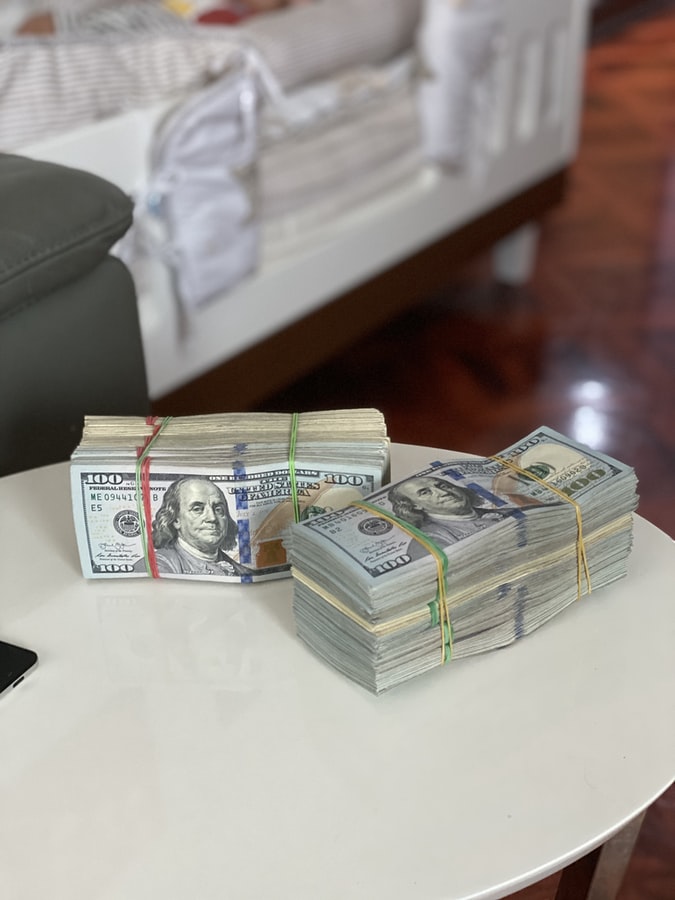Inspired by yet another good article on the challenges of bringing sports back, I feel like we are in the midst of a utilitarian experiment that I’ll be teaching in my classes for years to come. Of the major ethical philosophies, utilitarianism is often the most immediately appealing: do what’s best for most, while minimizing the negative; the cost/benefit bookkeeping of the utilitarian worldview strikes most of us as realistic and reflective of our daily lives.
But the challenging aspect of the philosophy becomes clear when actually start trying to run the numbers: whose happiness matters the most? whose pain should we be considering? are all pleasures and pains created equal?
And this is where we find ourselves with the call for a speedy return of big-time sports for entertainment. Who will derive pleasure? Ostensibly, millions upon millions of sports fans. Who will suffer or bear the costs? A much smaller number of athletes. Assuming (and it’s a hell of an assumption) that we’ll have the testing capability to run some of these fanciful experiments, some are framing the only cost in terms of potential virus exposure. But is that all that the athletes will bear? A few: detachment from their families, living under intensely micro-managed supervision and surveillance, and mental health struggles. But does any of this resonate with the average fan?
We tend not to think of pro athletes as normal people. They are certainly extraordinary at what they do, but our characterization goes far beyond their exceptional abilities. We want them to play “for the love of the game” and we are quick to remind them that they make crazy money “just to play a game.” Is this fair? Do their salaries and capacity to make our lives better justify a return to play? Are their multi-million dollar contracts predicated on the assumption that they keep playing, no matter how much the conditions have changed? In non-pandemic times, we remind athletes caught in the public eye that they knew “what they were signing up for.” I’m not sure that we can trot that argument out at the moment. And while I know that many are itching to return to the field or court, I have to imagine that there are also many living in fear and anxiety of rushing things just because the games must go on.
As we begin to the experiments to re-open society and brings sports (and other things) back, we must remember that an ethically sound utilitarian perspective doesn’t just favor majority rule, but considers the true balance of pleasure/pain with as much nuance, compassion, and respect for individual well-being as possible.




